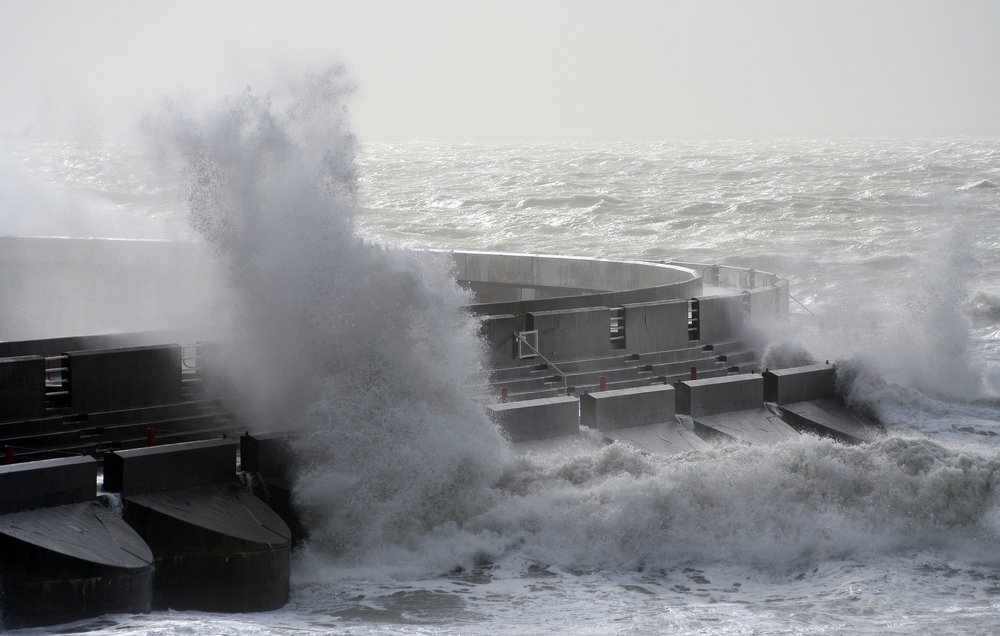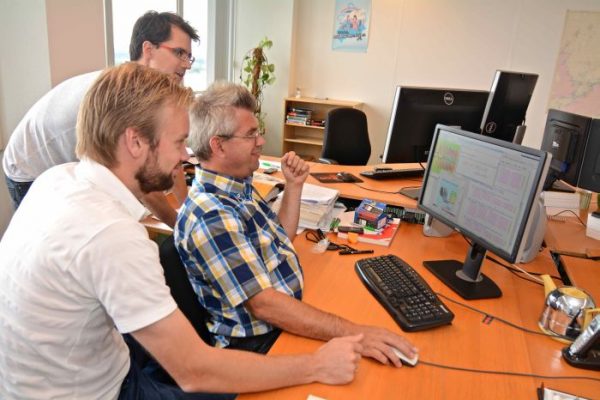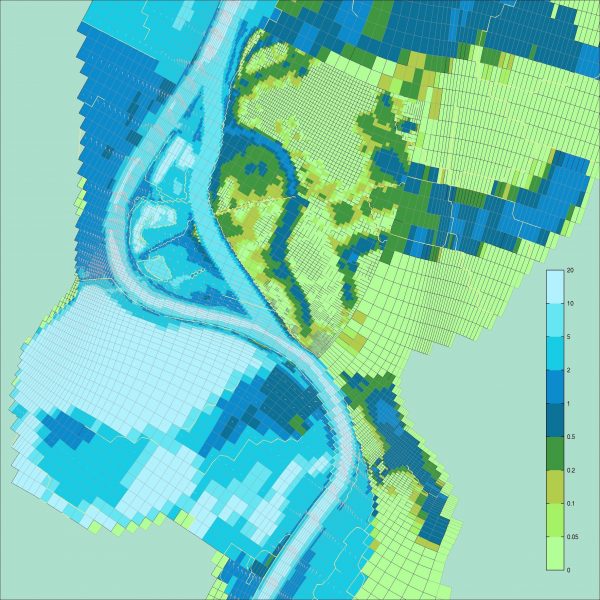
The instruments of the Hydro Meteo Centers
The Hydro Meteo Centers (HMCs) of the Dutch Ministry for Infrastructure and the Environment play an important role in the protection of The Netherlands against flooding. These centers publish a tidal prediction four times a day, and largely control the storm surge barriers.
The HMCs have a good set of tools to properly fulfill their role. They collect observations of water levels, have access to the most recent weather predictions and make extensive use of computational models. All of this is integrated in a user interface that allows the HMC operators to perform their tasks efficiently.

A range of innovations
Research institute Deltares created a new, innovative instrument for the HMCs: RWsOS (FEWS-Noordzee). VORtech provided significant support for the development. FEWS-Noordzee introduces a range of important innovations:
- A new model: until now a model of the North Sea was used that has a resolution of 10 arc minutes. The new system uses a model with a resolution of 2 arc minutes. The model is significantly more accurate and shows far more details. But it also requires a lot more computing time. VORtech helped to make sure that the software properly handles this more accurate model.
- Two-way coupling with a detailed model: to predict the situation around the Dutch harbors and storm surge barriers in more detail, an even more accurate model is used for the southern part of the North Sea. This detailed model is directly coupled to the large North-Sea model. It uses the results from the large North-Sea model as boundary conditions and in return provides boundary conditions to the large North-Sea model. VORtech contributed significantly to this coupling.
- A new user interface: the new instrument is based on Deltares’ Flood Early Warning System (FEWS). This is a configurable, powerful user environment for monitoring systems.
- Use of observations: the new system uses the OpenDA toolbox to integrate observations into the computational models. OpenDA is an open source toolbox for model calibration and data assimilation that was developed in a joint effort of Delft University of Technology, Deltares and VORtech. OpenDA had to be improved significantly to handle this extremely heavy computational model. Much of this was done by VORtech.


